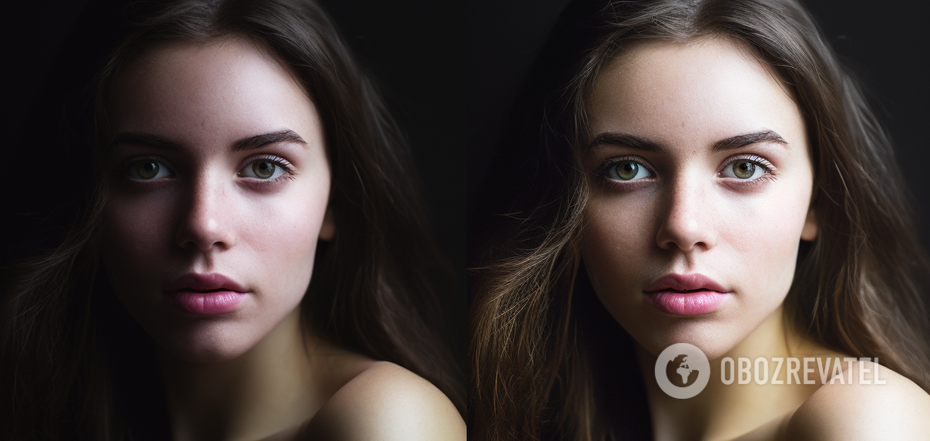Life
How to distinguish photos taken with artificial intelligence: important details
Images created by artificial intelligence have flooded social networks. Midjourney, DALL-E, or DeepAI neural networks are already working on the creation of images, which can create any image on human request. But the problem is that the quality of these images is gradually approaching hyper-realistic quality, the kind that is indistinguishable from a real photo. And this runs the risk of spreading false information and fake news.
There are currently discussions about how to regulate the neural networks that create pictures so that they could not be used to mislead people. In the meantime, DW has put together a guide on how to tell the difference between AI-created images now.
Zoom in and look at the details
Although the AI-created images are very realistic, you can spot a lot of artifacts when you look closely at them. These can include inconsistencies in lines, inconsistencies in color shades, cloned images, etc. Also, neural networks do a poor job of fitting glasses on faces, making mistakes when drawing reflections and shadows, and clothing details.
Look for the source of the image
If you find a photo that looks suspicious, you can check it for its origin using search services like Google or TinEye. Upload the picture to a search engine - in case it is a fake created for the purpose of misinformation, you will surely find fact checking material that will explain why the scoop is a fake. You can also find a primary source explaining why such a picture was created.
Consider the proportions and details of the bodies depicted
Artificial Intelligence is still bad at certain parts of the human body, such as hands, teeth, and ears. It also often makes a mistake in proportions, making, say, the face too long and the limbs too short. Neural networks often "reward" their characters with extra fingers or teeth, or forget to finish drawing the right ones. Or make their eyes or ears unnaturally shaped.
Examine the image for unnaturalness.
Of course, many photos are now processed with filters to make the image more appealing. However, these effects on AI-generated pictures are many times stronger. If an image feels realistic to you, but unnaturally perfect, that's a reason to suspect it's artificial.
Consider the background
Neural networks often save computing power by creating the background of an image, because less attention is paid to it. This means that it's the one that can give away a fake. Background objects can look too blurry. Also there you can often find cloned objects or figures or distorted objects.
Previously OBOZREVATEL published a selection of pictures created by artificial intelligence with the burning Moscow Kremlin, which the neural network drew in the style of famous artists.
Subscribe to OBOZREVATEL channels on Telegram and Viber to keep up with the latest events.



























